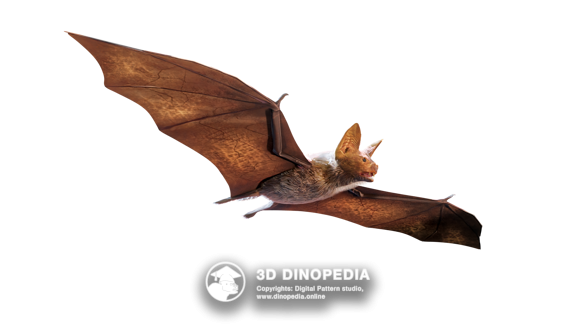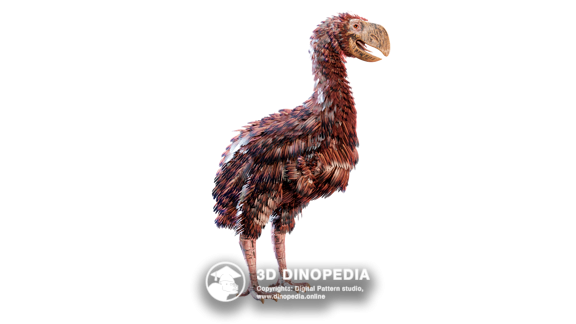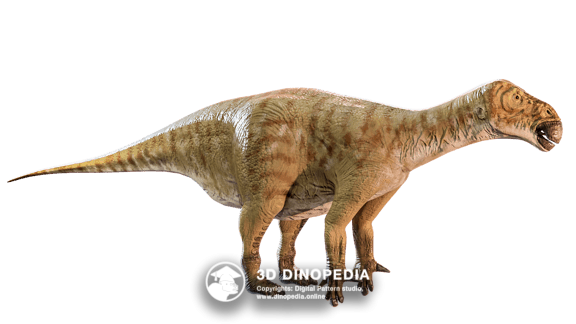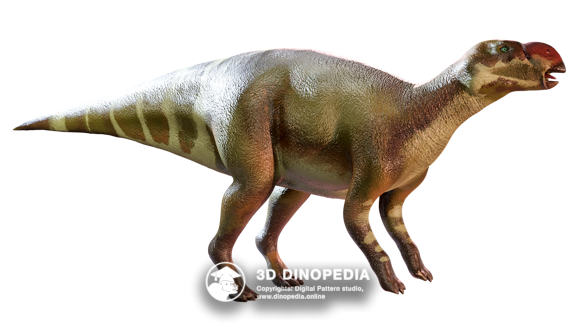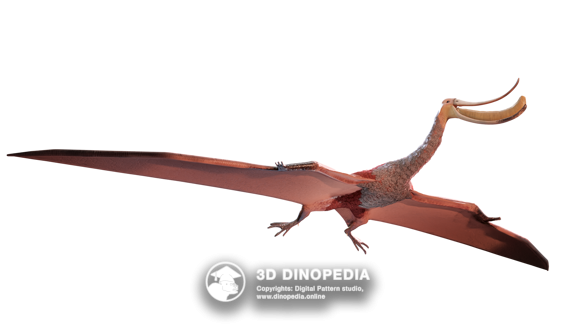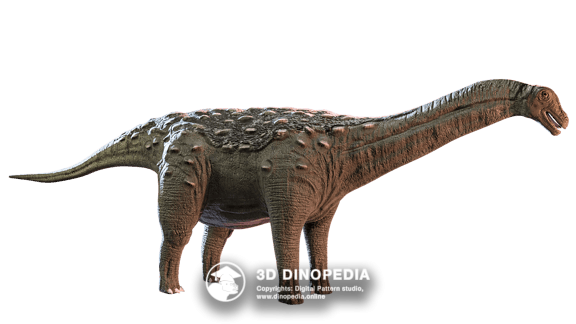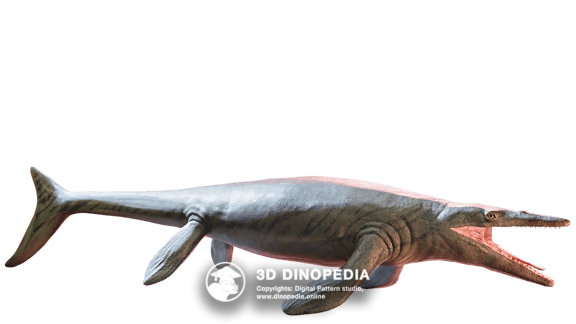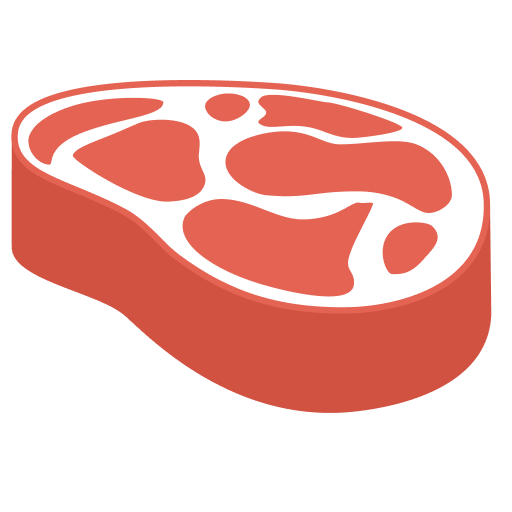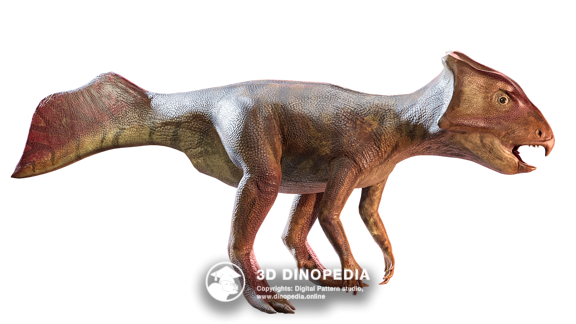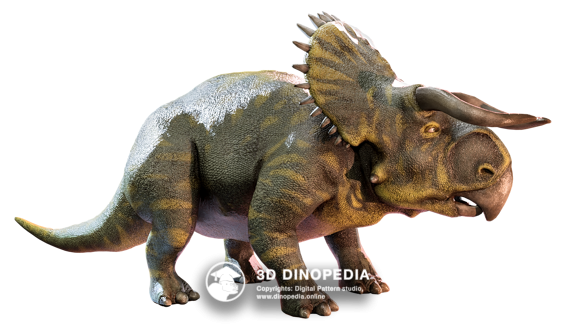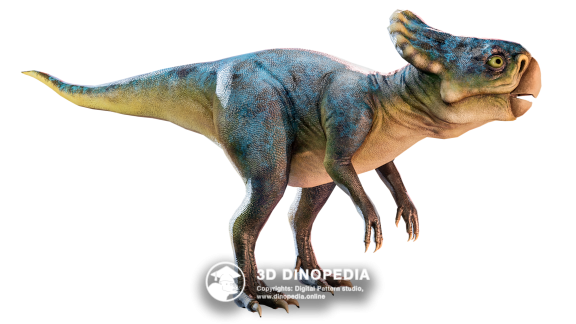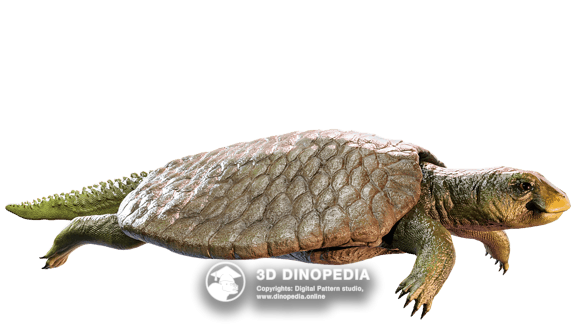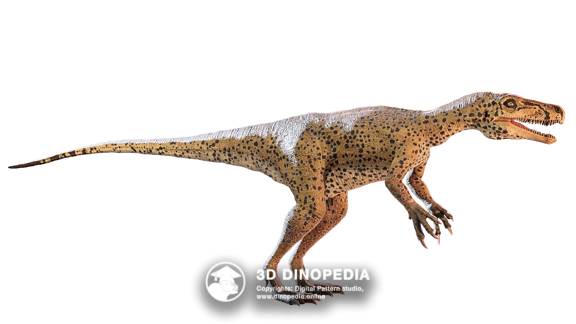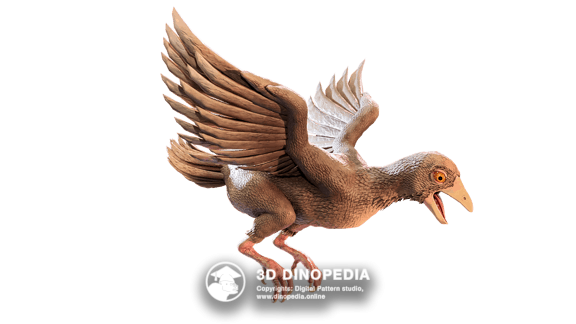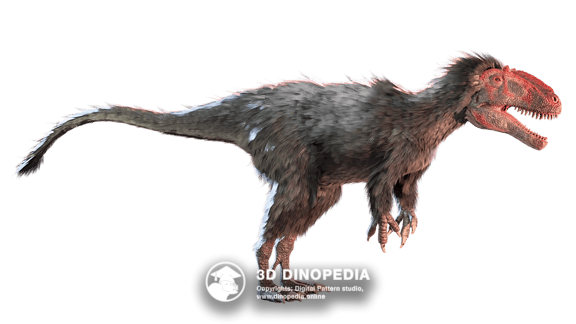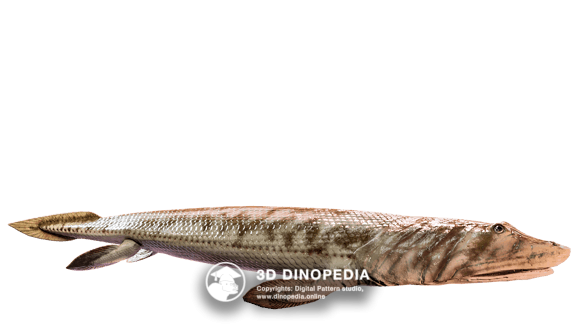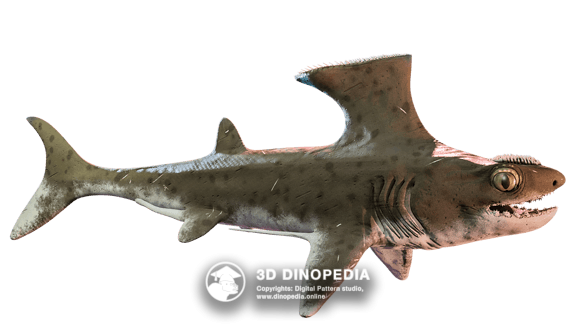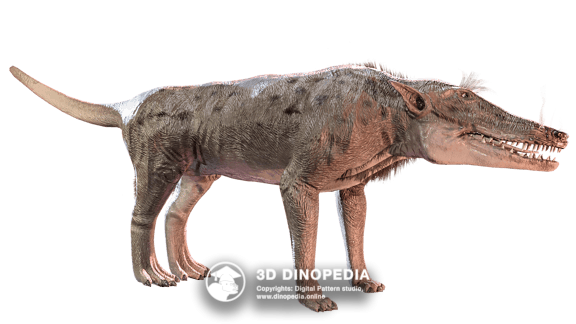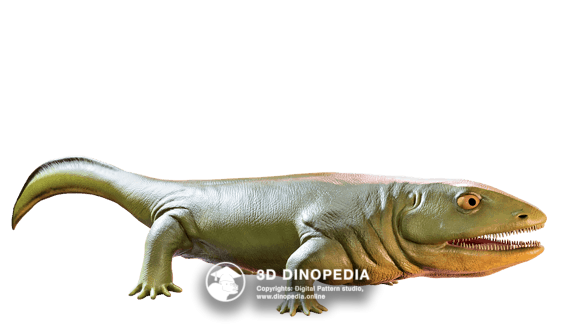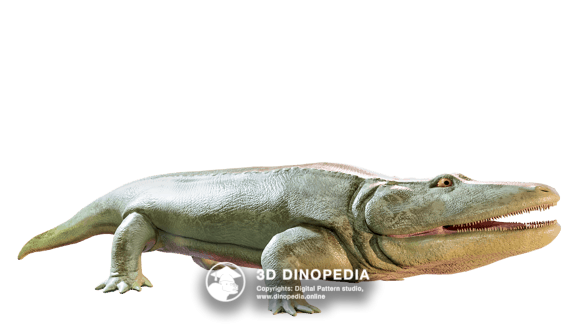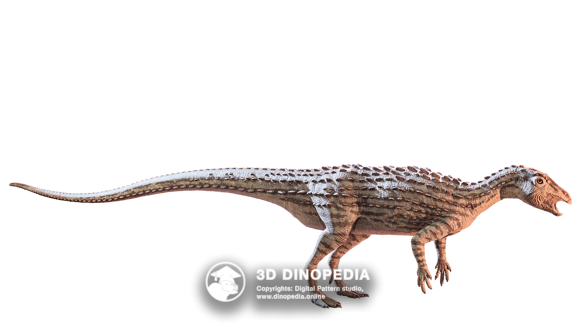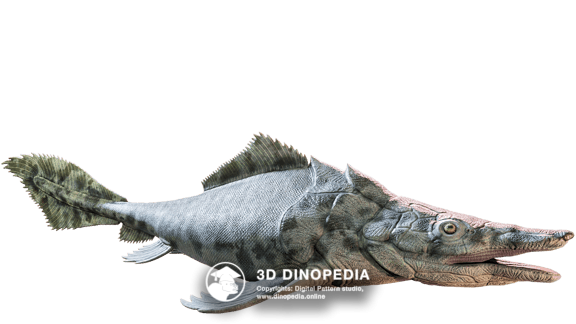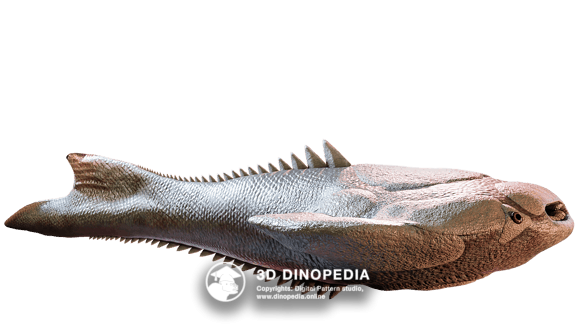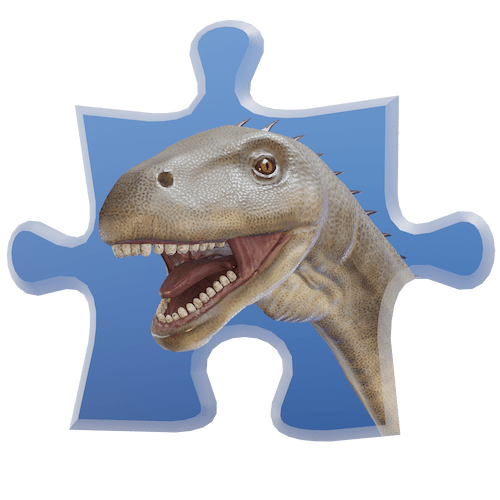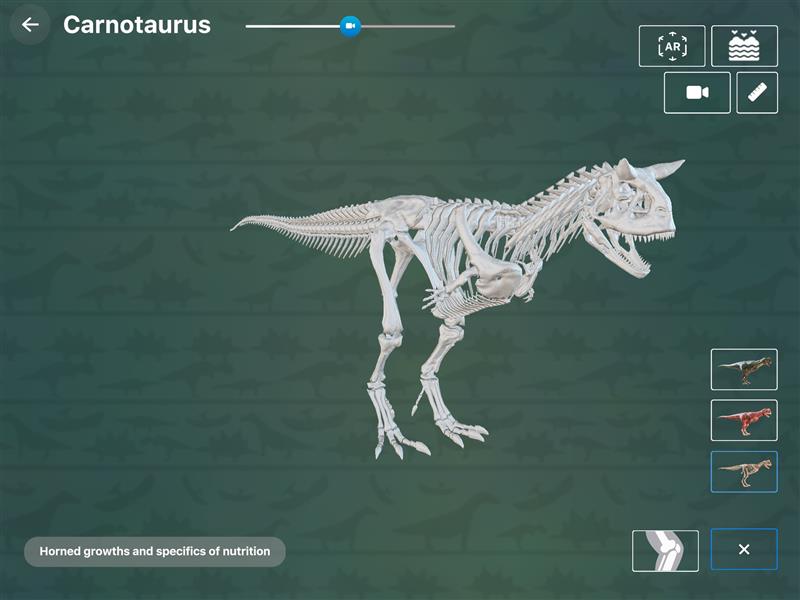Icaronycteris

Name meaning:
The bat - Icarus
Period of life:
52 mya
Period:
Habitat:
Lakes and marshes
Taxonomy:
Mammals
Countries:

Icaronycteris is an extinct genus of primitive bats inhabited North and South America about 53 million years ago. The name derived from the myth of Daedalus and Icarus. The fossils of winged creature were first recovered in 1966 in Wyoming State.
The ancient bats ancestor measured about 14 centimetres long and weighed just 15 grams. If heavier Icaronycteris would not be able to fly. Wingspan was just over 30 centimetres. Long forelimbs covered with wing membrane had a distinguishing feature, claw on the second finger, set Icaronycteris apart from its current descendants. The long tail was vestigial. Now you can only find that feature in free-tailed mastiff bats (molossoids). The skull had enlarged auditory bulla, an evidence of echolocation. Small eyes had a thickened retina layer.
The jaws had a full set of teeth, similar to those of a living shrew. However, its teeth differed in size and canine direction compared to the modern bats. Icaronycteris fed on insects and, according to some scientists, meat. The five-toed hind limbs were perfectly adapted to hang upside down for a long time. The bats hunted at night and slept inside caves during a daytime. Obviously dominant male chose the most convenient place, surrounded itself by females and the strongest males that should have protected it from predators.
Discussions
Other animals
 INTERESTING FACTS
INTERESTING FACTS
 PUZZLES
PUZZLES
 HOME
HOME
 3D MODEL "SKIN"
3D MODEL "SKIN"
 3D MODEL "MUSCLES"
3D MODEL "MUSCLES"
 3D MODEL "SKELETON"
3D MODEL "SKELETON"
 VISION
VISION
 NEIGHBORS
NEIGHBORS
 VOICE ACTING
VOICE ACTING
 AR - MODE
AR - MODE
 GALLERY
GALLERY
 HISTORY OF DISCOVERIES
HISTORY OF DISCOVERIES
